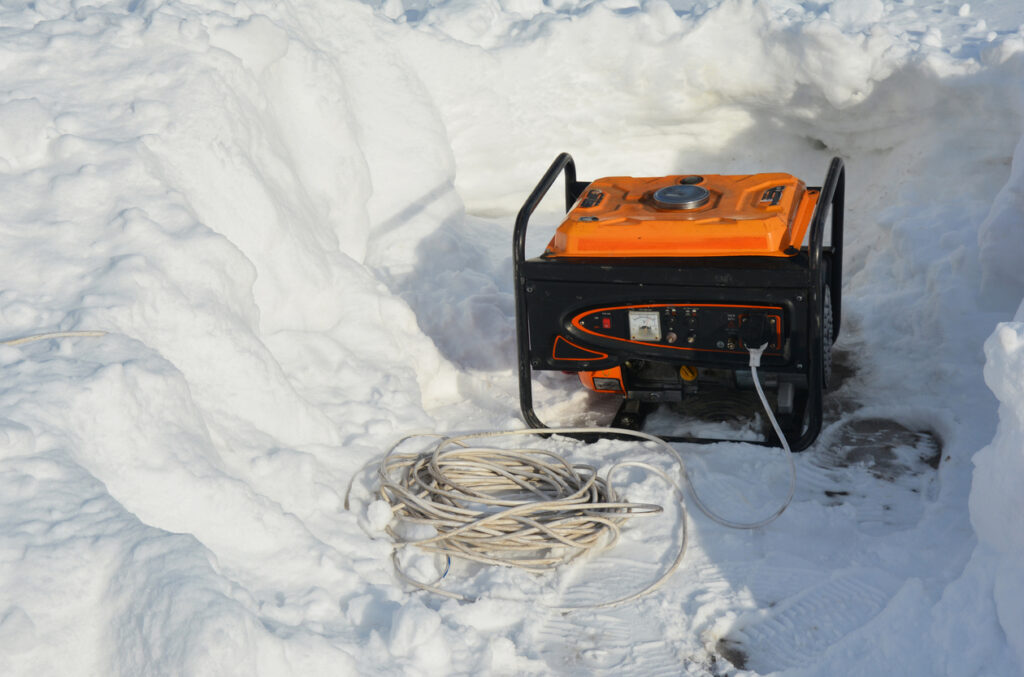Having a generator can be a lifesaver during power outages or when you need to power essential appliances and equipment. However, choosing the right-size generator for your power needs is crucial to ensure it can handle the load without overloading or underperforming. Calculating the appropriate generator size requires considering several factors. Let’s walk through the steps to determine the right generator size for your requirements.
Step 1: Assess Your Power Requirements
The first step is to make a list of all the electrical devices and appliances you want to power during an outage. This list should include essential items such as refrigerators, lights, heating or cooling systems, medical equipment, and communication devices. Note their wattage or amps ratings, usually found on the manufacturer’s label or user manual.
Step 2: Determine Starting and Running Wattage
Some devices, like refrigerators and air conditioners, require more power to start (starting wattage) than what they consume during normal operation (running wattage). Identify the starting wattage and running wattage for each device on your list. If this information is unavailable, you can use online wattage calculators or contact the manufacturer for assistance.
Step 3: Add the Wattage
Once you have the starting and running wattage for all the appliances, add them up to find the total wattage required during an outage. This total wattage represents your generator’s minimum capacity to handle the load effectively.
Step 4: Consider Load Management
If the total wattage is considerably high, you may consider load management to reduce the generator size. Load management involves using certain appliances at different times rather than simultaneously. For example, you can run the refrigerator and lights for a few hours, switch them off and use other appliances. This approach can help you optimize the generator size and reduce fuel consumption.
Step 5: Account for Motor Starting Surge
Motor-driven appliances, like pumps and compressors, can have a significant starting surge that momentarily requires extra power. To account for this surge, choosing a generator with a capacity of 1.5 to 2 times the total starting wattage of motor-driven devices is recommended.
Step 6: Future Growth
Consider your future power needs and any potential additions to your household or equipment. Investing in a generator with some additional capacity to accommodate future growth is wise, ensuring that you won’t outgrow your generator soon.
Step 7: Consult With a Professional
If you’re unsure about the calculations or have specific power needs, it’s always a good idea to consult with a professional electrician or generator dealer. They can help you determine the right generator size based on their expertise and knowledge of different models and power requirements.
Conclusion
Choosing the right-size generator is vital to ensure you have enough power during outages or emergencies without overloading the generator. By assessing your power requirements, considering starting and running wattage, accounting for motor starting surges, and planning for future growth, you can confidently select the perfect generator to meet your power needs. If in doubt, seek advice from professionals who can guide you in making the best decision for a reliable and efficient backup power solution. Contact Legacy Electric in San Angelo, TX, if you need a generator for your home.

